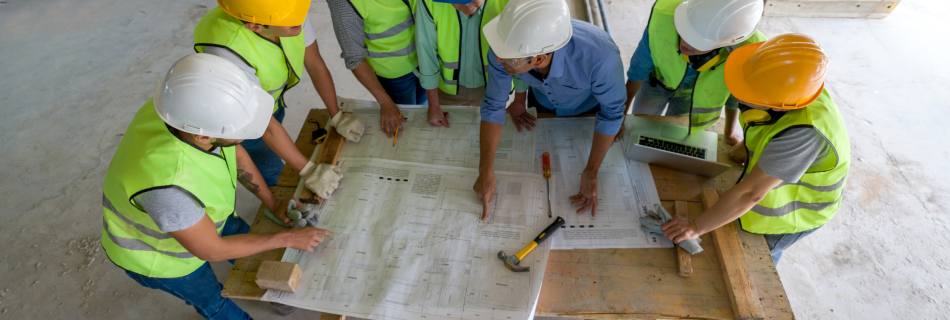Overcoming Construction Challenges in Bad Forecasting
Construction challenges are inevitable in any construction project. However, bad forecasting increases the risk of construction challenges and makes them more difficult to resolve. Poor forecasting can cause a delay in the project timeline, induce cost overruns, and put pressure on the contractors and stakeholders involved. Construction companies need to rise above the challenges caused by bad forecasting to remain competitive, efficient, and profitable in an industry that is highly demanding and dynamic. In this blog post, we will discuss some of the significant construction challenges in bad forecasting and how to overcome them.
Unforeseen Changes in the Weather
One of the significant construction challenges in bad forecasting is unforeseen changes in the weather. Weather can significantly impact construction projects, particularly those conducted outside or during particular seasons. Unforeseen changes in the weather can damage construction sites, delay work schedules, and create disruptions in the supply chain. To overcome this challenge, it is crucial to have a contingency plan in place that considers specific weather patterns and their possible consequences. Additionally, construction companies can leverage technology tools to anticipate weather patterns accurately and plan accordingly.
Material Shortages
The material shortage is another common construction challenge in bad forecasting. Poor prediction of material needs can make you vulnerable to supply chain disruptions, resulting in project delays and additional costs. This problem is particularly evident in global supply chains, where suppliers face logistical challenges and unforeseen constraints. To mitigate this challenge, construction companies can leverage technological tools that can help predict material shortages. Furthermore, companies can develop strong relationships with suppliers, and negotiate long-term contracts to reduce the risk of material shortages.
Labor Shortages
Labor shortages can pose significant challenges in construction projects, particularly in a tight labor market. Without proper forecasting, it is hard to determine the number of employees needed throughout the project’s stages. Labor shortages can cause delays, increase costs, and affect the quality of the finished work. To overcome labor shortages, construction companies should embrace a proactive workforce planning process. They should also consider investing in training and development initiatives to upskill existing workers, attract new ones, and build a strong pool of talented workers.
Project Planning and Cost Overruns
Bad forecasting can cause significant project planning challenges and cost overruns. These occur due to inadequate planning, changes in the project timeline, or unexpected business conditions that affect the project’s scope. To overcome these challenges, construction companies need to create a detailed project scope document that outlines the project’s scope, costs, timelines, and deliverables. They should also integrate strong project management principles into the planning process and use technology tools to automate processes and reduce human error.
Lack of Communication
Lack of communication is a common construction challenge that increases the risk of project delays, cost overruns, and rework. Without proper communication, project stakeholders can have conflicting expectations, resulting in misalignment and misunderstandings. To overcome this construction challenge, companies need to establish structured communication channels that allow for seamless interaction between stakeholders. Additionally, they can use technology tools such as video conferencing, project management software, and instant messaging applications to improve communication and collaboration.
Conclusion
Construction challenges caused by bad forecasting can wreak havoc on construction projects, resulting in delays, cost overruns, and poor-quality work. By understanding these challenges and embracing proactive measures, construction companies can mitigate their impact and streamline their operations. Through the use of technology tools, strong project management principles, and active workforce planning, construction companies can remain agile and competitive even in the most challenging times.
Mike’s Plumbing in Southwest Florida is a family-owned business that has been providing plumbing services for over 20 years. However, due to the unique challenges of construction forecasting, Mike’s Plumbing can be affected by delays, cost overruns, and misaligned expectations. Without proper planning and communication between stakeholders, the entire project can fail.…






